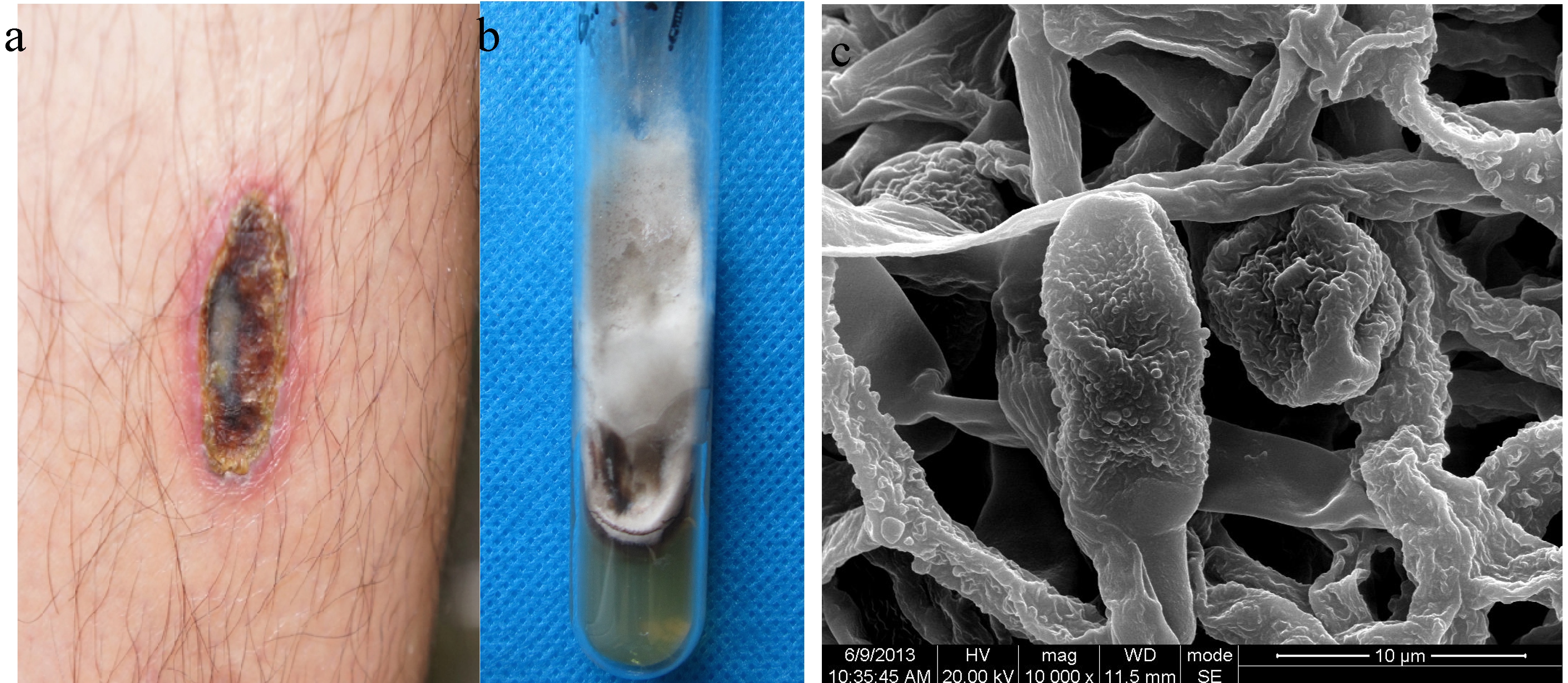|
Tetrapeptide Structural Formulae V
A tetrapeptide is a peptide, classified as an oligopeptide, since it only consists of four amino acids joined by peptide bonds. Many tetrapeptides are pharmacologically active, often showing affinity and specificity for a variety of receptors in protein-protein signaling. Present in nature are both linear and cyclic tetrapeptides (CTPs), the latter of which mimics protein reverse turns which are often present on the surface of proteins and druggable targets. Tetrapeptides may be cyclized by a fourth peptide bond or other covalent bonds. Examples of tetrapeptides are: * Tuftsin (L-threonyl-L-lysyl-L-prolyl-L-arginine) is a peptide related primarily to the immune system function. * Rigin (glycyl-L-glutaminyl-L-prolyl-L-arginine) is a tetrapeptide with functions similar to those of tuftsin. * Postin (Lys-Pro-Pro-Arg) is the N-terminal tetrapeptide of cystatin C and an antagonist of tuftsin. * Endomorphin-1 (H-Tyr-Pro-Trp-Phe-NH2) and endomorphin-2 (H-Tyr-Pro-Phe-Phe-NH2) are pe ... [...More Info...] [...Related Items...] OR: [Wikipedia] [Google] [Baidu] |
Endomorphin
Endomorphins are considered to be natural opioid neurotransmitters central to pain relief. The two known endomorphins, endomorphin-1 and endomorphin-2, are tetrapeptides, consisting of Tyr-Pro-Trp-Phe and Tyr-Pro-Phe-Phe amino acid sequences respectively. These sequences fold into tertiary structures with high specificity and affinity for the μ-opioid receptor, binding it exclusively and strongly. Bound μ-opioid receptors typically induce inhibitory effects on neuronal activity. Endomorphin-like immunoreactivity exists within the central and peripheral nervous systems, where endomorphin-1 appears to be concentrated in the brain and upper brainstem, and endomorphin-2 in the spinal cord and lower brainstem. Because endomorphins activate the μ-opioid receptor, which is the target receptor of morphine and its derivatives, endomorphins possess significant potential as analgesics with reduced side effects and risk of addiction. Opioids and receptors Endomorphins belong to ... [...More Info...] [...Related Items...] OR: [Wikipedia] [Google] [Baidu] |
Rapastinel
Rapastinel () (former developmental code name GLYX-13) is a novel antidepressant that was under development by Allergan (previously Naurex) as an adjunctive therapy for the treatment of treatment-resistant depression. It is a centrally active, intravenously administered (non-orally active) amidated tetrapeptide that acts as a novel and selective modulator of the NMDA receptor. The drug is a rapid-acting and long-lasting antidepressant as well as robust cognitive enhancer by virtue of its ability to enhance NMDA receptor-mediated signal transduction and synaptic plasticity. On March 3, 2014, the U.S. FDA granted Fast Track designation to the development of rapastinel as an adjunctive therapy in treatment-resistant major depressive disorder. As of 2015, the drug had completed phase II clinical development for this indication and achieved proof of concept as a rapid-acting antidepressant by demonstrating reduced depressive symptoms at days 1 through 7, as assessed by the HA ... [...More Info...] [...Related Items...] OR: [Wikipedia] [Google] [Baidu] |
Alternaria
''Alternaria'' is a genus of Deuteromycetes fungi. All species are known as major plant pathogens. They are also common allergens in humans, growing indoors and causing hay fever or hypersensitivity reactions that sometimes lead to asthma. They are present in the human mycobiome and readily cause opportunistic infections in immunocompromised people such as AIDS patients. There are 299 species in the genus; they are ubiquitous in the environment and are a natural part of fungal flora almost everywhere. They are normal agents of decay and decomposition. The spores are airborne and found in the soil and water, as well as indoors and on objects. The club-shaped spores are single or form long chains. They can grow thick colonies which are usually green, black, or gray. At least 20% of agricultural spoilage is caused by ''Alternaria'' species, with the most severe losses reaching 80% of yield. Many human health disorders can be caused by these fungi, which grow on skin and mucous m ... [...More Info...] [...Related Items...] OR: [Wikipedia] [Google] [Baidu] |
Tentoxin
Tentoxin is a natural cyclic tetrapeptide produced by phytopathogenic fungus '' Alternaria alternata''. It selectively induces chlorosis in several germinating seedling plants. Therefore, tentoxin may be used as a potential natural herbicide. Tentoxin was first isolated from ''Alternaria alternata'' (syn. ''tenuis'') and characterized by George Templeton ''et al.'' in 1967. Tentoxin has also been used in recent research to eliminate the polyphenol oxidase Polyphenol oxidase (PPO; also polyphenol oxidase i, chloroplastic), an enzyme involved in fruit browning, is a tetramer that contains four atoms of copper per molecule. PPO may accept monophenols and/or ''o''-diphenols as substrates. The ... (PPO) activity from seedlings of higher plants.Duke, S.O. & Vaughn, K.C. 1982. Lack of involvement of polyphenol oxidase in ortho-hydroxylation of phenolic compounds in mung bean seedlings. ''Physiol. Plant. 54:'' 381-385. References {{reflist Cyclic peptides Tetrapeptid ... [...More Info...] [...Related Items...] OR: [Wikipedia] [Google] [Baidu] |
Achatina Fulica
''Lissachatina fulica'' is a species of large land snail that belongs in the subfamily Achatininae of the family Achatinidae. It is also known as the Giant African land snail.''Achatina fulica''. Global Invasive Species Database. ISSG. IUCN. It shares the common name "giant African snail" with other species of snails such as '''' and ''''. This snail species has been considered a significant cause of pest issues around the world. Internationally, it is the most frequently occurring invasive species of snail. Outs ... [...More Info...] [...Related Items...] OR: [Wikipedia] [Google] [Baidu] |
Hamster
Hamsters are rodents (order Rodentia) belonging to the subfamily Cricetinae, which contains 19 species classified in seven genera.Fox, Sue. 2006. ''Hamsters''. T.F.H. Publications Inc. They have become established as popular small pets. The best-known species of hamster is the golden or Syrian hamster (''Mesocricetus auratus''), which is the type most commonly kept as pets. Other hamster species commonly kept as pets are the three species of dwarf hamster, Campbell's dwarf hamster (''Phodopus campbelli''), the winter white dwarf hamster (''Phodopus sungorus'') and the Roborovski hamster (''Phodopus roborovskii''). Hamsters are more crepuscular than nocturnal and, in the wild, remain underground during the day to avoid being caught by predators. They feed primarily on seeds, fruits, and vegetation, and will occasionally eat burrowing insects. Physically, they are stout-bodied with distinguishing features that include elongated cheek pouches extending to their shoulders, w ... [...More Info...] [...Related Items...] OR: [Wikipedia] [Google] [Baidu] |
Gastrin
Gastrin is a peptide hormone that stimulates secretion of gastric acid (HCl) by the parietal cells of the stomach and aids in gastric motility. It is released by G cells in the pyloric antrum of the stomach, duodenum, and the pancreas. Gastrin binds to cholecystokinin B receptors to stimulate the release of histamines in enterochromaffin-like cells, and it induces the insertion of K+/H+ ATPase pumps into the apical membrane of parietal cells (which in turn increases H+ release into the stomach cavity). Its release is stimulated by peptides in the lumen of the stomach. Physiology Genetics In humans, the ''GAS'' gene is located on the long arm of the seventeenth chromosome (17q21). Synthesis Gastrin is a linear peptide hormone produced by G cells of the duodenum and in the pyloric antrum of the stomach. It is secreted into the bloodstream. The encoded polypeptide is preprogastrin, which is cleaved by enzymes in posttranslational modification to produce progastrin (an intermed ... [...More Info...] [...Related Items...] OR: [Wikipedia] [Google] [Baidu] |
Tetragastrin
Cholecystokinin tetrapeptide (CCK-4, Trp- Met- Asp- Phe-NH2) is a peptide fragment derived from the larger peptide hormone cholecystokinin. Unlike cholecystokin which has a variety of roles in the gastrointestinal system as well as central nervous system effects, CCK-4 acts primarily in the brain as an anxiogenic, although it does retain some GI effects, but not as much as CCK-8 or the full length polypeptide CCK-58. CCK-4 reliably causes severe anxiety symptoms when administered to humans in a dose of as little as 50μg, and is commonly used in scientific research to induce panic attacks for the purpose of testing new anxiolytic drugs. Since it is a peptide, CCK-4 must be administered by injection, and is rapidly broken down once inside the body so has only a short duration of action, although numerous synthetic analogues with modified properties are known. See also * Pentagastrin Pentagastrin (trade name Peptavlon) is a synthetic polypeptide that has effects like gastrin wh ... [...More Info...] [...Related Items...] OR: [Wikipedia] [Google] [Baidu] |
Gluten
Gluten is a structural protein naturally found in certain cereal grains. Although "gluten" often only refers to wheat proteins, in medical literature it refers to the combination of prolamin and glutelin proteins naturally occurring in all grains that have been proved capable of triggering celiac disease. These include any species of wheat (such as common wheat, durum, spelt, khorasan, emmer and einkorn), barley, rye and some oat cultivars, as well as any cross hybrids of these grains (such as triticale). Gluten makes up 75–85% of the total protein in bread wheat. Glutens, especially Triticeae glutens, have unique viscoelastic and adhesive properties, which give dough its elasticity, helping it rise and keep its shape and often leaving the final product with a chewy texture. These properties, and its relatively low cost, make gluten valuable to both food and non-food industries. Wheat gluten is composed of mainly two types of proteins: the glutenins and the gl ... [...More Info...] [...Related Items...] OR: [Wikipedia] [Google] [Baidu] |
Gluten Exorphine
Gluten exorphins are a group of Opioid peptide, opioid peptides formed during the digestion of the gluten protein. These peptides work as external regulators for gastrointestinal movement and hormonal release. The breakdown of gliadin, a polymer of wheat proteins, creates amino acids that stop the gluten epitopes from entering the immune system to activate inflammatory reactions. During this process, gluten does not fully break down, thus increasing the presence of gluten exorphins. Because of this, researchers think this is what might lead to various diseases. Research shows the benefits of gluten- and casein-free diets for people with diseases and disorders connected to gluten exorphins. The mechanism behind this is still unknown. There is a possibility that gluten has deleterious effects on the human digestive system. When people are more susceptible to gluten and casein allergies, the weakened intestinal lining allows gluten exorphin to flow. Categorization There are four known ... [...More Info...] [...Related Items...] OR: [Wikipedia] [Google] [Baidu] |
Casein
Casein ( , from Latin ''caseus'' "cheese") is a family of related phosphoproteins ( αS1, aS2, β, κ) that are commonly found in mammalian milk, comprising about 80% of the proteins in cow's milk and between 20% and 60% of the proteins in human milk. Sheep and buffalo milk have a higher casein content than other types of milk with human milk having a particularly low casein content. Casein has a wide variety of uses, from being a major component of cheese, to use as a food additive. The most common form of casein is sodium caseinate. In milk, casein undergoes phase separation to form colloidal casein micelles, a type of secreted biomolecular condensate. As a food source, casein supplies amino acids, carbohydrates, and two essential elements, calcium and phosphorus. Composition Casein contains a high number of proline amino acids which hinder the formation of common secondary structural motifs of proteins. There are also no disulfide bridges. As a result, it has relatively ... [...More Info...] [...Related Items...] OR: [Wikipedia] [Google] [Baidu] |

.png)



